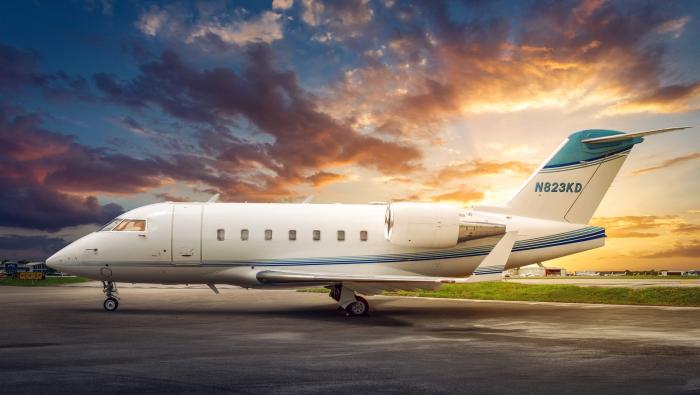Aviation Communication & Surveillance Systems (ACSS), a joint L-3 Communications and Thales company, used last month’s Paris Air Show to introduce technology intended to warn pilots of runway and taxiway incursions.
Part of a broader set of software-based cockpit applications based on ADS-B (automatic dependent surveillance-broadcast) technology called SafeRoute, ACSS’ surface area movement management (SAMM) offering is not a “product” in the traditional sense, the company said. Rather, it is platform-independent software that can be installed as part of an ACSS product or hosted within another avionics manufacturer’s box.
As described, the software leverages other technologies already installed aboard the aircraft to display diagrams of runways and taxiways and warn pilots of potential incursion dangers.
Kris Ganase, president of Phoenix- based ACSS, said SAMM technology culls information from onboard systems, including GPS receivers, ADS-B systems, mode-S transponders and others, to provide on-screen and aural warnings on the airport surface. The company is in talks with customers to determine what warnings are appropriate, but Ganase said ACSS engineers think they have a pretty good idea of what will be required. The launch customer for SAMM is shipping giant UPS, which has installed ADS-B avionics in its airplanes.
Avionics Makers Tackle Runway Incursions
The statistics tell the story of why technology such as SAMM is needed, Ganase said. Over the last four years, there have been 1,475 runway incursions at controlled airports in the U.S., an average of one a day. Data from other countries are not readily available, but experts say incursions are on the rise worldwide. While the FAA has focused primarily on pilot education initiatives to warn of the dangers of incursions, avionics makers have other ideas.
A competing concept to SAMM is Honeywell’s runway awareness and advisory system (RAAS), a software add-on to the enhanced ground proximity warning system that uses a worldwide database of runways and taxiways to warn pilots if they are crossing a runway, trying to take off from a taxiway, attempting to land on a runway that is too short or doing something else that the software considers hazardous. But the Honeywell system is passive in that it does not scan for other aircraft or warn pilots if another aircraft has taxied onto the runway they are on.
The ACSS product provides warnings based on the real-time airport environment. For example, if an airplane equipped with SAMM technology were to start its takeoff roll just as another airplane equipped with ADS-B, TIS-B (traffic information system-broadcast) or a mode-S trans-ponder taxied onto the active runway, the cockpit display in the SAMM-equipped aircraft would immediately draw a red box around the active runway, highlight the threat aircraft in red and provide an aural alert, Ganase explained.
“Our goal is to eliminate the nuisance alerts while providing pilots with useful tactical information based on real threats,” Ganase said.
The SAMM software will include a worldwide airport database including all facilities with runways 3,500 feet or longer. Flight testing of the concept is scheduled to get under way next year, with certification anticipated in 2007.
ACSS last month also formally announced its latest traffic alert and collision avoidance system, TCAS 3000. The qualifier “formally” must be used because ACSS actually launched the product two years ago when Dassault selected it as the standard TCAS for the Falcon 7X. Ganase said ACSS did not want to announce TCAS 3000 at a time it was still selling its current product, TCAS 2000, which L-3 Communications and Thales acquired from Honeywell after its 1999 merger with AlliedSignal.
First flight of TCAS 3000 is anticipated later this month aboard the 7X, with TSO approval to follow by the end of the year, according to ACSS. The company also sells MASS, an enhanced TCAS for military aircraft; T2CAS, a combined TCAS 2000 and terrain awareness and warning system (TAWS); TAWS+, a standalone terrain alerts system; and Dlink+, a communications management unit, VHF datalink Mode 2 digital radio and control display unit in one package.
Ganase said ACSS plans to launch additional SafeRoute products. He declined to discuss specifics, but he said the next one will address pilot situational awareness for flight operations in the terminal area.







